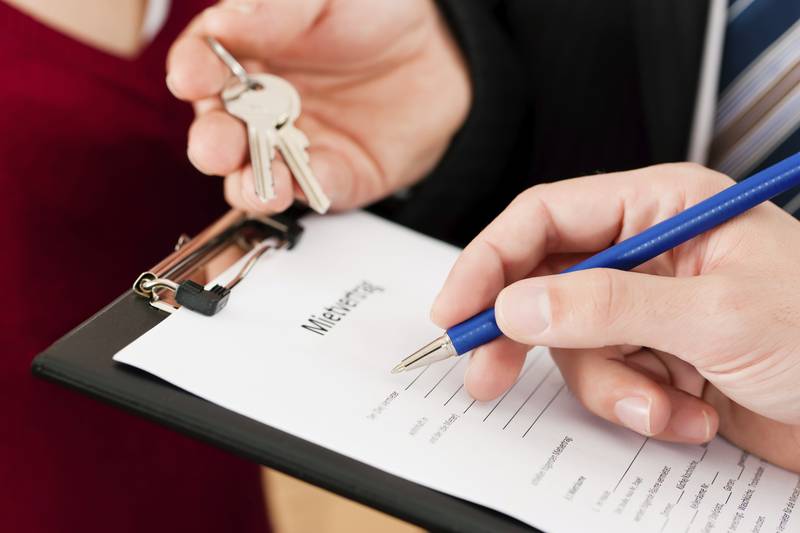(This article by Harn Ho of WalkingProperty.com has been featured in several leading property websites, including Yahoo! News and Propwise.sg)
In Part One, “Overseas Property Investment: What You Should Know Before You Buy”, I discussed a number of steps a new investor can take to ensure they know what they are getting into before committing to an overseas property purchase. In Part Two, I will cover additional factors a buyer should think of when deciding what kind of property would be most suitable for their own individual circumstances.
1) Should You Go For Rental Yield or Capital Gains?
 One of the first questions that agents will ask investors is whether they are looking for rental yield or capital gains. Ideally, the perfect property investment would perform well on both fronts, yielding both high rents as well as strong year-on-year capital appreciation.
One of the first questions that agents will ask investors is whether they are looking for rental yield or capital gains. Ideally, the perfect property investment would perform well on both fronts, yielding both high rents as well as strong year-on-year capital appreciation.
However, the more common case is where a property performs stronger in one area compared to the other. For example, Australian properties benefit from a strong rental demand, as a result of the gradual increase in the number of immigrants into the country. Australian properties also appeal to the more risk-adverse investor, as property prices “down under” have been stable over the last several years.
On the other hand, distressed properties in the USA, currently on the market at prices more than 30% lower compared to their values in 2007, are likely to enjoy strong capital gains in the next 4 to 5 years.
An investor with a long-term investment horizon, and who is able to hold on to their investment for more than 1 or 2 years, should do well with picking up bargain-priced property for a song during an economic slump.
2) The Risks & Benefits of Over-Leveraging
While famous investment gurus may encourage investors to maximize their leveraging capacity in order to quickly turn a massive profit, a cautious investor would bear in mind the possibility of prices falling even further from the levels at which they bought their properties, should a prolonged economic downturn occur.
Given the uncertainty of economic markets, investors must be prepared to hold on to their properties longer than what they previously expected, and be able to “wait out” the market until prices to rebound. Should the investor not be able to make the mortgage payments in the meantime, he would be forced to sell his properties at a loss.
Hence, cautious investors with limited experience would be well advised to adhere to the general guideline of making sure their monthly mortgage payments do not exceed 28% of their gross income.
3) Off-Plan or Existing Property
As the majority of properties launched during exhibitions in Singapore is off-plan, meaning they will not be ready for move-in until 2 to 3 years down the road, investors have to look at past trends, anticipate future demand, and decide if government policy changes in the pipeline will positively impact the value of the property upon completion.
While off-plan has the obvious advantage of being brand new, and may be sold at a lower price during the launch to compensate for a waiting period, investors should bear in mind that the key drawback of off-plan investments is that compared to completed properties, there is zero rental income to be had during the construction period. Investor funds also become tied up for a number of years; and in certain jurisdictions, off-plan property may not be resold while construction is still uncompleted.
4) Letting & Management Services
As an overseas investor would find it difficult or impossible to make regular on-site visits and manage their properties on their own, they often hire a management company to assist with drawing up rental contracts, rent collection, responding to tenant calls, as well as the day-to-day business of maintaining a property.
While letting and management fees in Singapore generally fall within the 5% to 8% range, investors should be aware that these fees can be much higher in overseas countries. For example, it is not uncommon for a property management company in the USA or UK to charge 7% for letting fees and an additional 8% for management fees, making up a total of 15% of the rental a landlord would expect to collect.
Hence, when calculating net income, it is important to keep in mind that letting and management fees, as well as unexpected expenses such as repair costs due to vandalism, can take up a substantial portion of the final net rental income receivable. Given the sheer variety of overseas property on offer, every investor should look at the individual features of a property which they are seriously considering, as well as their appetite for risk, to determine if now would be the right time for them to enter the overseas property market. Singaporeans and PRs in particular should also keep a close watch on changes in government legislation which currently prohibit HDB owners from acquiring overseas property.
